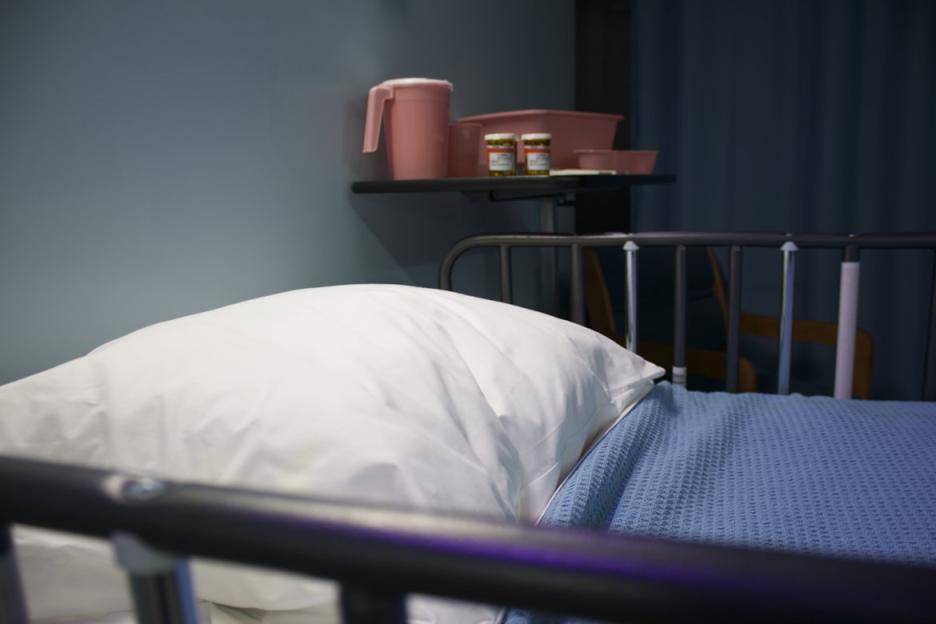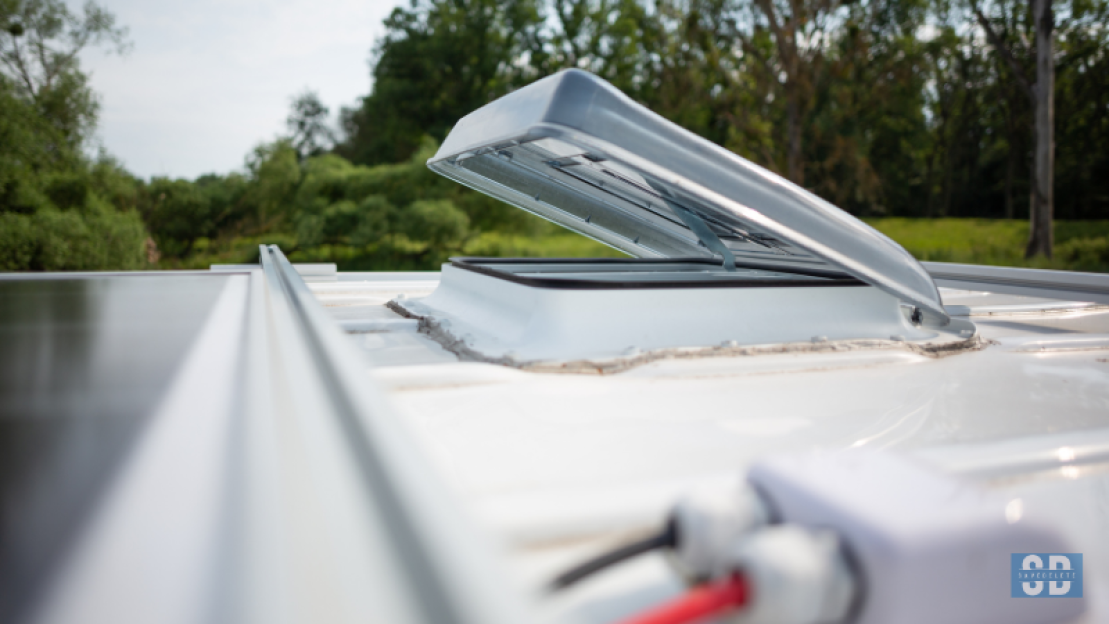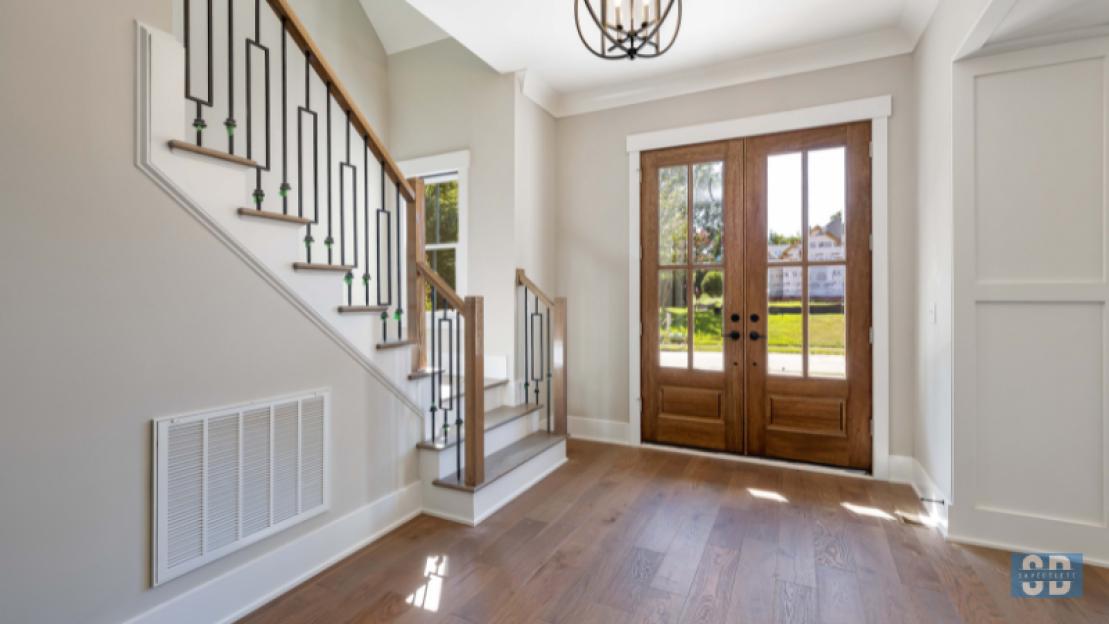Are you seeing streaked water or lower-than-usual water pressure lately? If your house was built before 1960, chances are you have galvanized pipes - once considered the gold standard in residential plumbing.
These zinc-coated steel pipes that battled corrosion were the usual replacement for lead plumbing during the early to mid-20th century. But time has not been kind to such ancient systems. Given that the lifespan of galvanized pipes is 30 to 70 years on average, it follows that most of them have already exceeded their shelf life.
And that is why galvanized pipes are now a leading cause of plumbing problems, from leaking galvanized pipes and water discoloration from rust to health risks tied to lead contamination and corrosion inside galvanized pipes.
So, if you’ve been putting off repiping your home, it’s time to seriously consider upgrading to modern alternatives like copper, PVC, or PEX. Your water supply system, your home’s structural integrity, and your family’s health depend on it.
Here are the five reasons why pipe replacement isn’t just suggested-it’s required.
1. Lead Contamination and Health Risks
One of the most serious reasons for replacing galvanized pipes is the hazard of lead contamination. Because galvanized pipes sit atop lead service lines-a common configuration in older homes-lead particles become trapped inside the corroding zinc coating. They seep slowly through your faucet water and pose a serious health risk.
Lead in water is especially dangerous to children and can cause them to be cognitively impaired, learning-disabled, and develop behavioral disorders. Adults are no exception; long-term exposure can result in fatigue, stomachaches, and headaches, among others.
To that, the health problems of galvanized pipes are compounded by the fact that the lead that builds up in pipes is often tasteless and odorless, making it hard to detect without laboratory analysis.
As such, you need to swap galvanized pipes with safer pipes like copper or PEX to remove this sneaky danger from your home right away. It is something that you need to do not just for peace of mind, but also for your family’s overall long-term health and wellbeing.
2. Rust and Corrosion Are Unavoidable
Even though galvanized pipes were created initially for corrosion protection, having worked for decades exposed to air, water, and environmental humidity levels, they eventually developed their own existence.
Once the protective coating of zinc is lost, corrosion in galvanized pipes begins to break down the steel, forming rust deposits on pipe joints, dented or burst pipes, and ultimately, galvanized pipe failure.
This type of pipe corrosion not only compromises plumbing integrity but can also enhance the possibility of rust-through and leakage. If colored water of a discolored hue, flaky scales along pipe joints, or reddish-brown-colored water are to be observed, then internal deterioration effects are being monitored.
By initiating a complete pipe replacement, you will avoid sudden water damage, repair bills, and long-term infrastructure issues due to neglecting the symptoms of steel pipe corrosion. Expert pipe inspection can identify the level of corrosion, enabling you to prepare an effective repiping strategy.

3. Water Pressure Issues and Plumbing Inefficiency
Another unmistakable sign that pipe replacement is required is low water pressure. Gradually, mineral deposit accumulation and rust accumulate and diminish the inner diameter of the pipe significantly, limiting water flow. This can lead to unbalanced water pressure , sluggish hot water circulation, and ineffective water delivery in general.
These water pressure issues are not merely an annoyance, but indications of more significant underlying blockages and deposits. At the same time, appliances like water heaters, washing machines, and dishwashers work harder, leading to their shortened lifespan and operation.
Upgrading to modern plumbing systems allows water to flow freely and consistently. Copper, PVC, and PEX alternatives not only resist corrosion, but also improve the energy efficiency of your plumbing system. You’ll enjoy better water pressure, lower energy bills, and fewer maintenance headaches.
4. Discolored or Polluted Water Supply
If your water looks yellow, brown, or cloudy-or if it smells metallic-you’re likely dealing with discolored water from rust or sediment. This isn’t just unappealing; it’s potentially dangerous.
Polluted water supply from aging pipes may carry heavy metals, harmful bacteria, or byproducts from corroded galvanized pipes.
Besides health concerns, water discoloration from rust can stain your clothes, damage fixtures, and even alter the taste of your drinking water. If the water coming out of your tap looks or smells off, it’s a major red flag that your outdated plumbing system needs urgent attention.
Once you replace your galvanized pipes, you’ll immediately notice the difference in water clarity and quality. This is a vital step for anyone who values safe drinking water and wants to protect their plumbing appliances and personal well-being.

5. Aging Infrastructure and Future Costs
Perhaps the most compelling reason to act now is the simple reality of the aging infrastructure. If you live in a home built before 1960, chances are your pipe lifespan is nearing its end. As the materials continue to break down, you’ll be more vulnerable to leaks, water damage, and emergency plumbing costs.
Moreover, galvanized pipes in vintage homes are difficult to assess without a full pipe inspection. Tools like a magnet and a screwdriver can help identify galvanized pipes, but by the time visible symptoms appear, you may already be facing severe deterioration.
Repiping may seem like a significant investment, but ignoring pipe damage leads to higher repair costs down the line. Plumbing maintenance and upgrades are far more affordable than emergency restoration or structural damage caused by flooding. The pipe inspection and removal process can be planned in stages to minimize disruption, and home protection during repiping is standard with reputable contractors.
Once completed, you’ll enjoy the long-term benefits of improved water quality, consistent pressure, lower risk of leaks, and increased property value.

Final Words
You deserve a safe, reliable, and efficient water supply in your home. If you’re still relying on galvanized pipes, you’re exposing yourself and your loved ones to avoidable health risks, structural damage, and costly future repairs.
From lead contamination and rust and corrosion to discolored water and reduced water pressure, the signs are clear-it’s time for a change. Investing in pipe replacement not only restores your home’s plumbing integrity but also safeguards your health and increases your property’s value.
Whether you choose copper, PVC, or PEX, upgrading from galvanized pipes ensures a cleaner, safer, and more efficient plumbing system. Don’t wait for the disaster to strike. Schedule a professional pipe inspection, explore your repiping options, and take the first step toward a healthier, modern plumbing system today.








